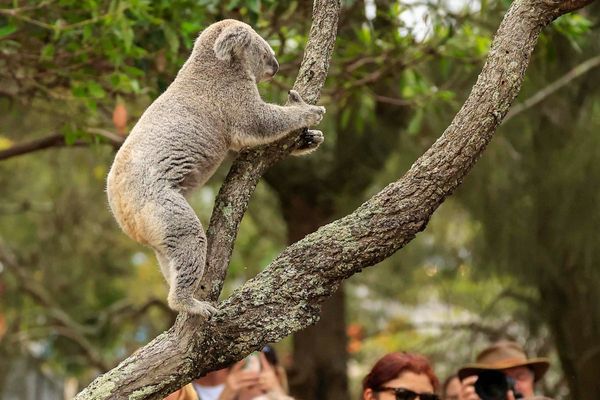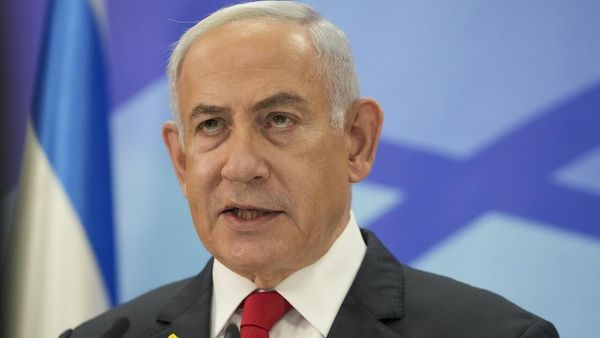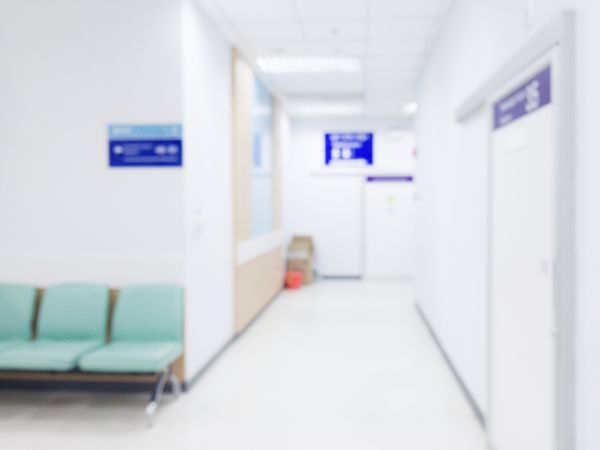Pope Francis has died aged 88, after 12 years at the head of the Catholic Church.
Vatican camerlengo Cardinal Kevin Farrell announced the news on Monday.
The senior official said: "His entire life was dedicated to the service of the Lord and of his Church.
"He taught us to live the values of the Gospel with faithfulness, courage, and universal love, especially for the poorest and most marginalised.
"With immense gratitude for his example as a true disciple of the Lord Jesus, we commend the soul of Pope Francis to the infinite, merciful love of God, One and Tribune."
The pontiff had been hospitalised for weeks battling a complex lung infection which led to early stages of kidney insufficiency.
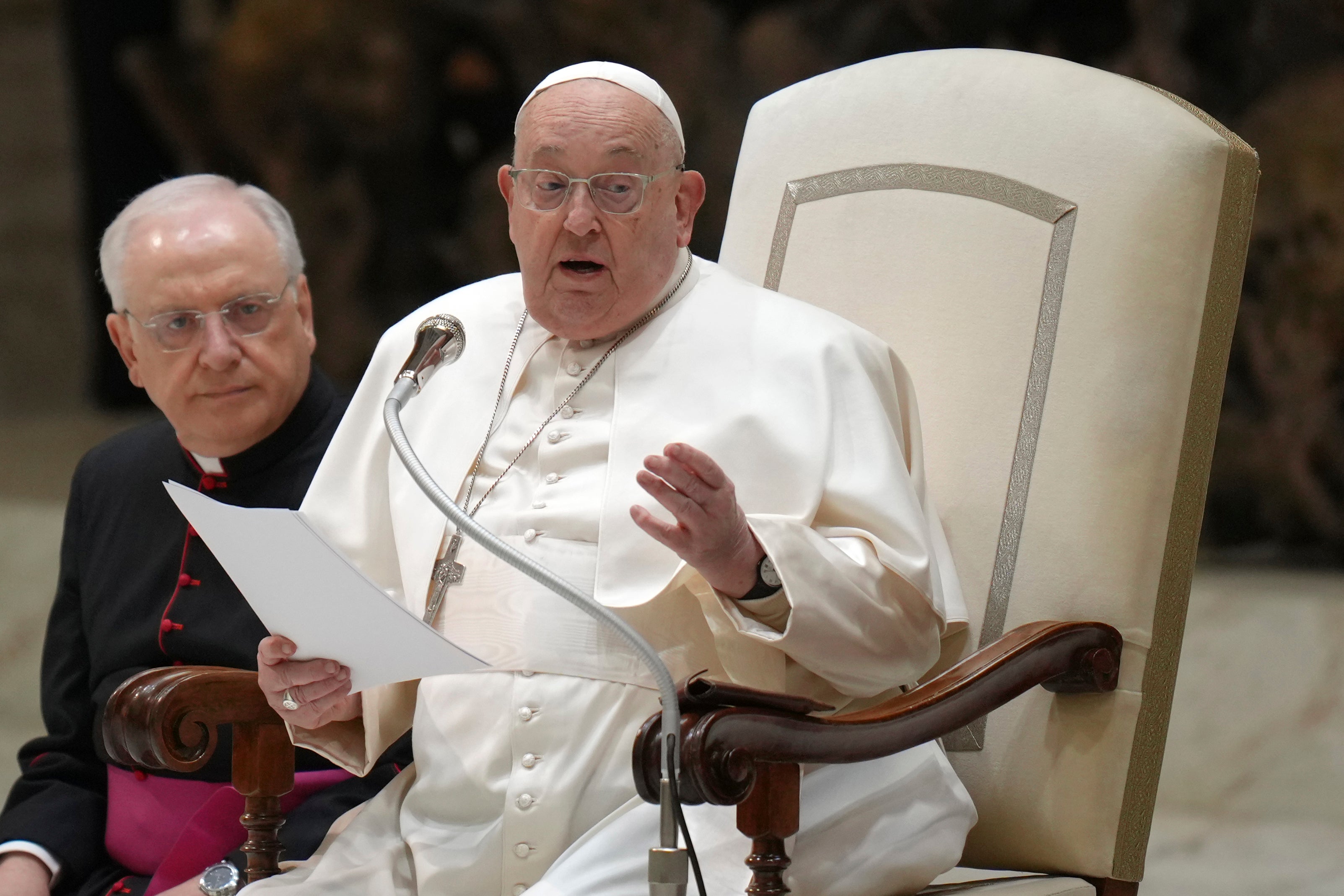
Francis, who suffered from chronic lung disease and had part of one lung removed as a young man, was admitted to Gemelli hospital on February 14 for a respiratory crisis that developed into double pneumonia.
He spent 38 days there, the longest hospital stay of his 12-year papacy.
However, he emerged on Easter Sunday - a day before his death - to bless thousands of people in St Peter's Square and treat them to a surprise Popemobile tour of the piazza, drawing wild cheers and applause.
Bouncer to Pontiff: Pope Francis’ extraordinary life
The Pope, who was born in Argentine capital Buenos Aires as Jorge Mario Bergoglio, became the first person from the Americas to take the role after succeeding Benedict XVI in 2013.
He studied at the technical secondary school Escuela Técnica Industrial, graduating with a chemical technician's diploma before he spent several years as a food technician in the Hickethier-Bachmann Laboratory.
Having also worked as a bouncer, janitor, in 1958 he joined the Society of Jesus - known as the Jesuits - in 1958. He climbed the ranks within the Argentine Church before being made a Cardinal by Pope John Paul in 2001.

After the resignation of Pope Benedict XVI, Pope Francis was elected in the fifth round of voting in a papal conclave - the process by which a new Pope is selected.
A respiratory infection had always been the main concern surrounding Pope Francis’ health, after he lost most of his lung due to an illness during his early adulthood. In 2023, the Pope was hospitalised for three days with a bad case of pneumonia.
Modernising Pope: Francis’ greatest achievements
Pope Francis was credited for adopting a less formal approach to the papacy. After his election, he took a bus back to his hotel rather than being driven in the papal car, before he visited a Cardinal in hospital the next day - where he chatted with patients and staff.
He was willing to engage more women in senior roles within the Catholic Church and has long argued that the Church should be sympathetic to the LGBTQ+ community - while calling for the decriminalisation of homosexuality around the world.
The pontiff has also been a critic of unshackled capitalism and put climate change action front-and-centre of much of his papacy.
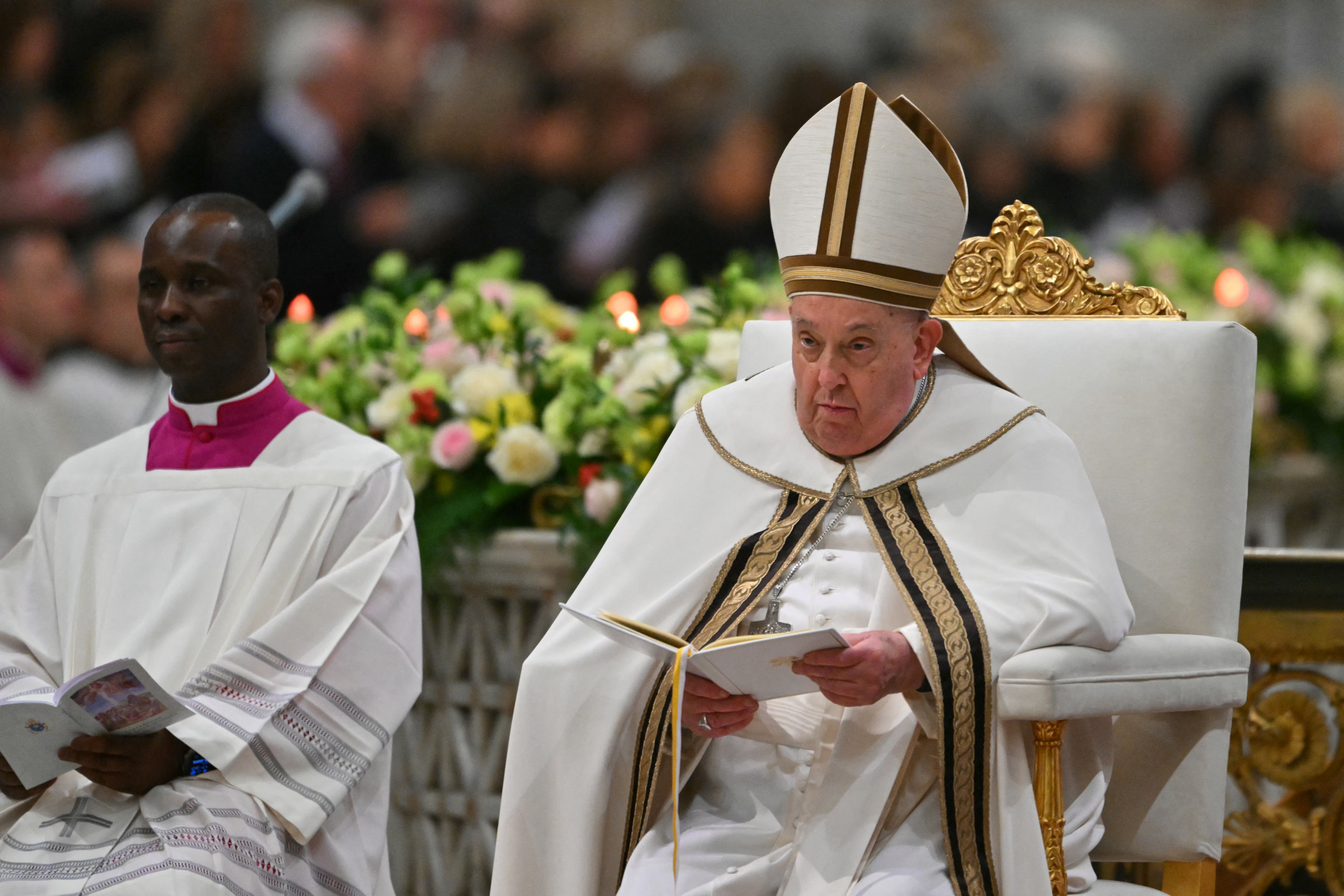
On the international stage, he played a crucial diplomatic role in a tumultuous decade, weighing in on the Israeli-Palestinian conflict, Russia-Ukraine war, the plight of refugees worldwide, and notably playing a crucial role in the restoration of US-Cuban relations in 2014.
He also called on countries in the West to significantly increase the number of refugees they took in. Responding to Donald Trump’s plan to build a wall with Mexica in 2016, the Pope said: “A person who only thinks about building walls, wherever they may be, and not building bridges, is not Christian.”
Key Facts:
- Jorge Mario Bergoglio was born on December 17, 1936, in Buenos Aires, Argentina, of Italian immigrant stock. He was ordained a priest in the Jesuit order in 1969. From 1973-79 he was the order's top leader in Argentina. He became an auxiliary bishop of Buenos Aires in 1992 and the city's archbishop in 1998. He was made a cardinal in 2001 by Pope John Paul II.
- Surprising many observers of the Roman Catholic Church, Bergoglio was elected pope at a conclave in March 2013 following the resignation of Pope Benedict. He chose to be called Francis in honour of Saint Francis of Assisi, emphasising a commitment to poverty, peace, and care for the environment.
- He was the first non-European pope in 1,300 years, the first from Latin America and the first Jesuit to hold the post. Jesuits are known for their commitment to education and social justice, including working with the poor and marginalised.
- He shunned many of the traditional trappings of the papacy, preferring to live in a modern Vatican guest house rather than the grand papal apartments in the Apostolic Palace. He pared back the papal wardrobe, wore a plastic watch and chose to be driven around in a simple family car.
- He soon clashed with conservatives, who were unhappy with his informal style from the start. They balked at his calls for the Church to be more welcoming to LGBT people and divorced Catholics and at his clampdowns on the use of the traditional Latin Mass.
- Francis made 47 trips outside of Italy, visiting more than 65 states and territories, clocking up more than 465,000 km (289,000 miles). However, he never returned to Argentina.
- He initiated changes within the Vatican, emphasizing transparency, accountability and financial reform, and appointed more women to senior posts in its hierarchy. However, he was also viewed as a haphazard leader, often blindsiding Vatican officials with his off-the-cuff comments and unpredictability. Despite many efforts, he struggled to get a grip on the Church's crisis over sexual abuse by clerics. (Reporting by Crispian Balmer and Joshua McElwee Editing by Frances Kerry)
What happens now?
A secretive election, known as the papal conclave, will now be held in the Vatican’s Sistine Chapel, from which white smoke will rise once a group of cardinals under the age of 80 agree with a two-thirds majority on a new candidate. The interregnum period, the stage between a Pope’s death and the selection of a new one, has now begun.
The Pope’s death is verified by the camerlengo - the Vatican’s overseer of property and revenues. They call out the Pope’s name three times, and when no response is received, the Pope is pronounced dead and the public are informed before a new pontiff is selected.
Officially, the only requirement for the next Pope is to be male and Catholic. In reality, Pontiffs have only ever been chosen from the ranks of Cardinals for centuries.
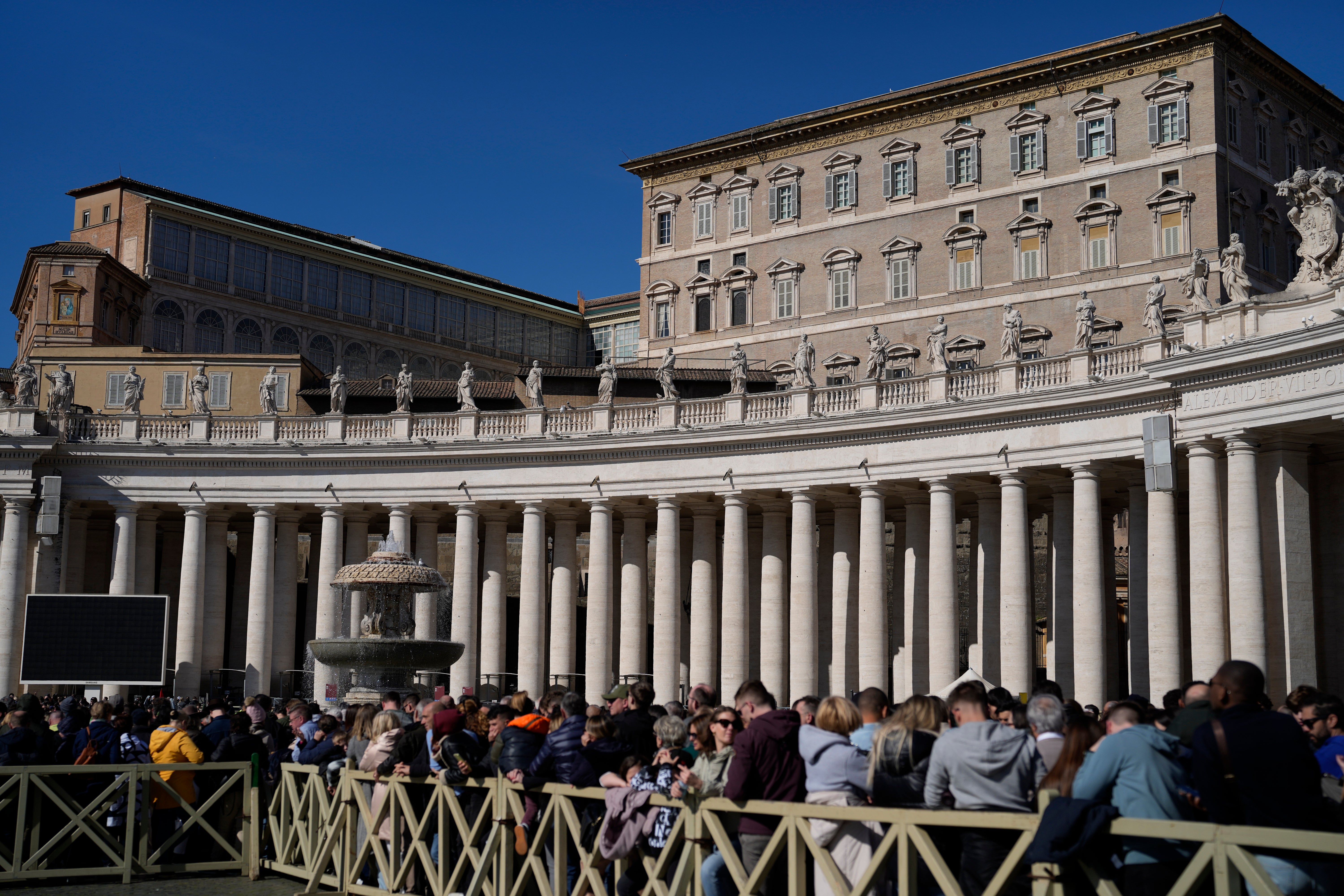
After a special morning mass, the 120 Cardinals of voting age will gather inside the Sistine Chapel to begin rounds of voting.
Through speeches, prayer, and political jostling, Cardinals whittle down candidates through successive rounds of voting.
A Pope is only elected when there is a two thirds majority. The longest papal conclave lasted three years in the thirteenth century due to political infighting.

